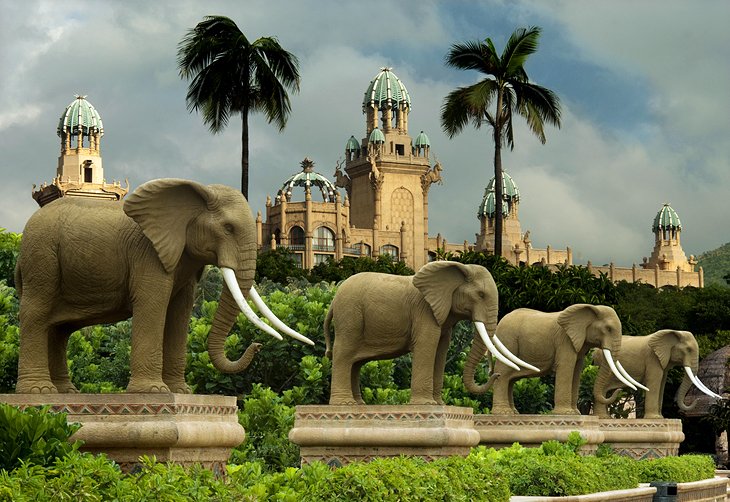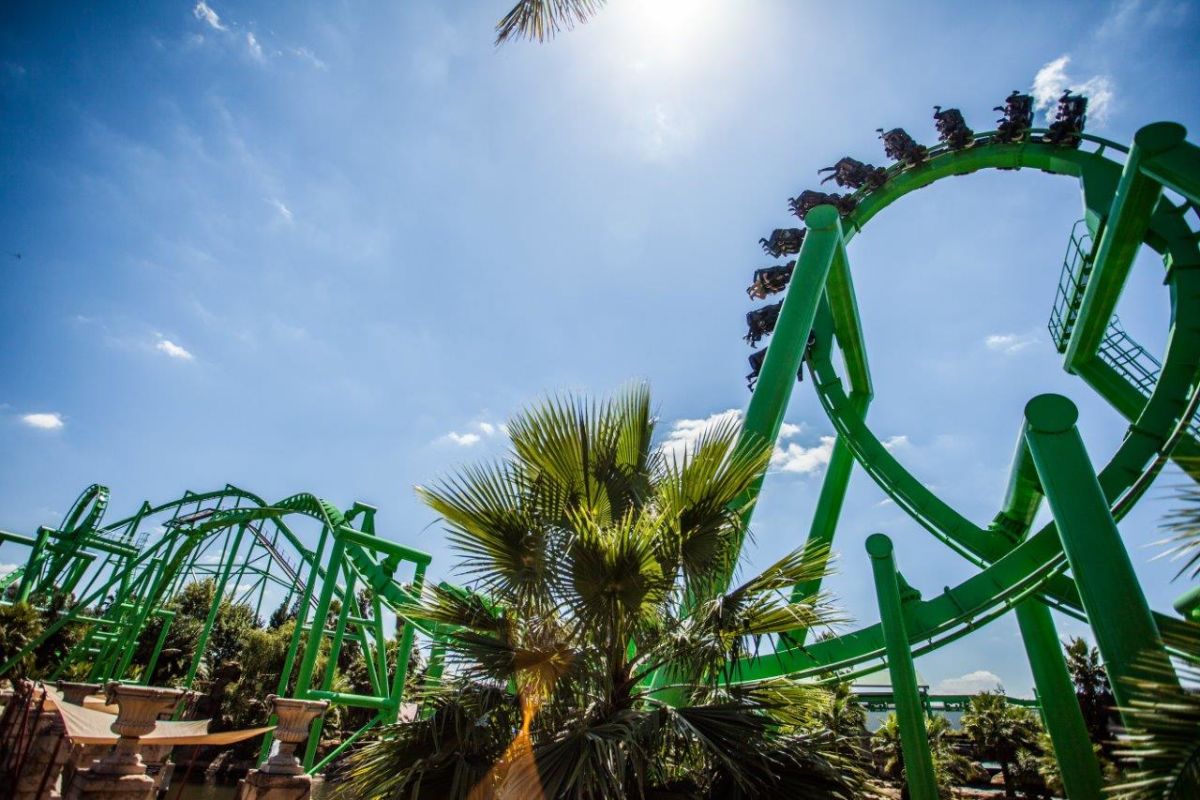10 Easy Facts About Johannesburg North Attractions Shown
10 Easy Facts About Johannesburg North Attractions Shown
Blog Article
Some Of Johannesburg North Attractions
Table of ContentsThe Ultimate Guide To Johannesburg North AttractionsLittle Known Facts About Johannesburg North Attractions.Johannesburg North Attractions Fundamentals ExplainedThe Best Guide To Johannesburg North AttractionsAbout Johannesburg North AttractionsSome Of Johannesburg North AttractionsThe Ultimate Guide To Johannesburg North Attractions
Nevertheless you should maintain protection in mind and visitors need to remain sharp whatsoever times when in strange surroundings. Speak with the citizens when you are in community to discover out about the location you are staying in. Johannesburg North attractions. When on the road (this does not put on shopping center and various other protected environments) ideal general suggestions is to try your best to appear like a local and to avoid displaying any type of form of riches
A Biased View of Johannesburg North Attractions
Professor Revil Mason O. J. (Thomson, 1946) explored the Witwatersrand's pre-colonial background. His historical job blew up the 'em pty land' misconception, according to which the area was without human habitation before the arrival of European settlers. In his publications Prehistory of the Transvaal: A Record of Human Activity (1962) and Origins of Black People of Johannesburg and the Southern Western Central Transvaal AD 3501880 (1986 ), Professor Mason showed the degree of social and financial development in the area prior to Europeans established foot below.

The Only Guide for Johannesburg North Attractions
In 1878, David Wardrop located gold in quartz veins at Zwartkop, north of Krugersdorp. In 1881, Stephanus Minnaar came throughout gold on the ranch Kromdraai, near the Cradle of Mankind.
In March 1886, an outcropping (soon to be called the Main Reef) was found, rather fortuitously, on Gerhardus Oosthuizen's farm Langlaagte. Some state that the Lancastrian coal miner George Walker uncovered this coral reef. Another travelling English miner, George Harrison (that had previously operated in Australian mines) obtained a prospecting permit in regard of Langlaagte in Might 1886.
He determined to carry on in a quest for greener fields, and disposed of his Langlaagte claim for the handsome sum of 10. Alas: below lay the wealthiest goldfield ever found. The discovery of this rich auriferous reef prompted a gold rush that signalled the end of bucolic tranquillity in the southern Transvaal.
It would, within six years, become the largest community in southern Africa. Within a decade, it would certainly make the Z. A. R. until then an anarchical and bankrupt little state the most affluent nation in Africa. By the millenium, the Z. A. R. was to surpass Russia, Australia and the United States of America to become the world's leading gold producer, generating greater than a quarter of the globe's gold.
Rumored Buzz on Johannesburg North Attractions
It was understood as Ferreira's Camp, named after Colonel Ignatius Ferreira. He was a Boer adventurer upon whom the British authorities had bestowed the standing of Buddy of the Most Identified Order of St Michael and St George (entitling him to the post-nominal letters C. M. G.) in gratitude for his role in the war that had deposed the Pedi king Sekhukhune in 1879.
Quickly the camp was including outdoors tents and wagons as newbies arrived daily from much and wide. By September 1886, some 400 individuals lived in Ferreira's Camp, which soon flaunted prefabricated iron and wood buildings. 2 other camps were developed: Meyer's Camp on the farm Doornfontein, and Paarl Camp. The latter was nicknamed Afrikander Camp; many people from the Cape Colony resolved there.

Getting The Johannesburg North Attractions To Work
This name got money by word of mouth, such that the State Assistant attested the name to the Mining Commissioner on 9 October 1886. Stands in the village were auctioned on 8 December 1886. While some stands were cost 10, others were torn down for as low as sixpence.
Two years later on, these erven were to change hands for as long as 750 each. The tented camps dwindled as a content dorp of corrugated iron structures created and increased north of the mines located along the Main Coral Reef Roadway. Locations such as Jeppe's Town (where working-class immigrants erected their dwellings) and Doornfontein (where the wealthy new 'Randlords' started to construct their extravagant houses) were quickly included in the ever-expanding map of the town.
The 3-Minute Rule for Johannesburg North Attractions
Apart from the street names, there were no indicators of Johannesburg being positioned in a Dutch-speaking country., virtually every person spoke English and also the Government servants addressed one in English, unless they were first dealt with in the Taal (or Low over at this website Dutch)'.
Because of visit this website this, Britain had a rate of interest in making certain optimum conditions for gold manufacturing on the Witwatersrand, and that the gold was exported to London rather than Berlin an essential made all the much more clamant by the Z. A. R - Johannesburg North attractions.'s enhancing toenadering with Germany. Mine owners got on an accident training course with President Kruger, whose policy of monopolistic giving ins (usually granted to his cronies) protected against mining firms from acquiring supplies of products (particularly dynamite) and labour by themselves, cheaper terms
The Greatest Guide To Johannesburg North Attractions
In 1890, the Volksraad had actually restricted the franchise business to white guys who had resided in the Z. A. R. for fourteen years or longer, thus invalidating the majority of the immigrants (that happened to be the significant factors to the fiscus). However, agitation for the ballot was a simple pretext for promoting a different schedule; many uitlanders regarded themselves as temporary visitors and had no intent of staying in the Z.
Report this page